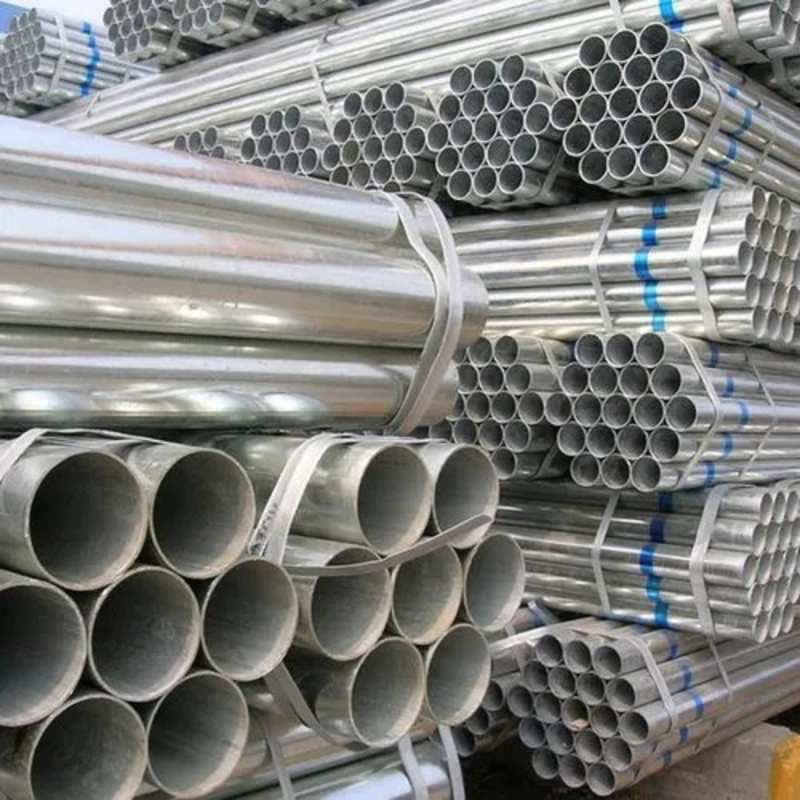-
Cangzhou Yulong Steel Co., Ltd.
-
Phone:
+86 13303177267 -
Email:
admin@ylsteelfittings.com
- English
- Arabic
- Italian
- Spanish
- Portuguese
- German
- kazakh
- Persian
- Greek
- French
- Russian
- Polish
- Thai
- Indonesian
- Vietnamese
- Zulu
- Korean
- Uzbek
- Hindi
- Serbian
- Malay
- Ukrainian
- Gujarati
- Haitian Creole
- hausa
- hawaiian
- Hebrew
- Miao
- Hungarian
- Icelandic
- igbo
- irish
- Japanese
- Javanese
- Kannada
- Khmer
- Rwandese
- Afrikaans
- Albanian
- Amharic
- Armenian
- Azerbaijani
- Basque
- Belarusian
- Bengali
- Bosnian
- Bulgarian
- Catalan
- Cebuano
- China
- China (Taiwan)
- Corsican
- Croatian
- Czech
- Danish
- Esperanto
- Estonian
- Finnish
- Frisian
- Galician
- Georgian
- Kurdish
- Kyrgyz
- Lao
- Latin
- Latvian
- Lithuanian
- Luxembourgish
- Macedonian
- Malgashi
- Malayalam
- Maltese
- Maori
- Marathi
- Mongolian
- Myanmar
- Nepali
- Norwegian
- Norwegian
- Occitan
- Pashto
- Dutch
- Punjabi
- Romanian
- Samoan
- Scottish Gaelic
- Sesotho
- Shona
- Sindhi
- Sinhala
- Slovak
- Slovenian
- Somali
- Sundanese
- Swahili
- Swedish
- Tagalog
- Tajik
- Tamil
- Tatar
- Telugu
- Turkish
- Turkmen
- Urdu
- Uighur
- Welsh
- Bantu
- Yiddish
- Yoruba

Dec . 14, 2024 14:19 Back to list
Understanding Threaded Pipe Fittings and Their Applications in Plumbing Systems
Understanding Thread Pipe Fittings An Essential Component in Plumbing
Thread pipe fittings are crucial components in plumbing and various industrial applications. They are designed to connect different sections of pipe, allowing the transportation of fluids or gases in a safe and efficient manner. Understanding the types, applications, and specifications of thread pipe fittings is essential for anyone involved in plumbing, construction, or maintenance.
What are Thread Pipe Fittings?
Thread pipe fittings are mechanical components that facilitate the joining of two or more pipes. These fittings feature threads—spiral ridges that wrap around the pipe’s external surface or are cut inside the fitting—which allow for a secure and leak-proof connection. The versatility of thread pipe fittings makes them indispensable in many systems, including water supply, gas distribution, and sewage management.
Types of Thread Pipe Fittings
There are several types of thread pipe fittings, each designed for specific applications. The most common types include
1. Elbows These fittings allow pipes to change direction, typically at angles of 90 degrees or 45 degrees. They are essential for navigating around obstacles in a piping system.
2. Tees A tee fitting connects three pipes, allowing for a branch line to be created. This is particularly useful in plumbing systems where water needs to be distributed to multiple locations.
3. Couplings These are used to join two straight sections of pipe. They help extend pipe length and ensure a continuous flow through the system.
4. Nipples A nipple is a short piece of pipe with threads on both ends, used to connect two fittings. They are often used to create tight connections in restricted spaces.
5. Caps and Plugs These fittings are used to seal the ends of pipe sections, preventing leaks and preserving pressure in the system.
Materials Used in Thread Pipe Fittings
Thread pipe fittings are made from various materials, each offering unique advantages
. Common materials include- Steel Known for its strength and durability, steel fittings can withstand high pressures and temperatures. They are often used in heavy-duty applications but may be prone to corrosion without proper treatment.
- Brass Brass fittings are corrosion-resistant and have excellent strength. They are commonly used in residential plumbing systems and for connections involving water and gas.
thread pipe fittings

- Plastic PVC and CPVC fittings are lightweight and resistant to corrosion and chemicals, making them ideal for certain types of installations, especially in residential plumbing and swimming pool systems.
- Copper Copper fittings are recognized for their longevity and corrosion resistance, often used in water supply and heating systems.
The Importance of Thread Standards
Thread specifications are vital in ensuring compatibility between fittings and pipes. Common standards include
- NPT (National Pipe Thread) This standard is used in the United States for tapered threads that create a seal when tightened.
- BSP (British Standard Pipe) Predominantly used in the UK and other countries, BSP fittings can be tapered (BSPT) or parallel (BSPP) and are not directly compatible with NPT fittings.
- ISO (International Organization for Standardization) This includes various standards for different types of threads used internationally.
Understanding these standards is crucial for achieving the correct fittings and preventing leaks.
Applications of Thread Pipe Fittings
Thread pipe fittings are used in numerous applications, ranging from residential plumbing to industrial process systems. For instance, they are essential in HVAC systems for connecting ductwork, in oil and gas industries for transporting fluids, and in agricultural settings for irrigation systems.
Installation and Maintenance
Proper installation of thread pipe fittings is crucial for preventing leaks and ensuring efficient system operation. This involves ensuring that threads are clean, using appropriate sealing materials like Teflon tape, and tightening fittings securely without overtightening, which can cause damage.
Routine maintenance checks are also essential to spot any signs of wear or corrosion, allowing timely replacement of fittings to avoid system failures.
Conclusion
Thread pipe fittings are fundamental components in a wide range of plumbing and industrial systems. Understanding their types, materials, standards, and installation techniques is vital for anyone engaged in these fields. Whether for residential plumbing or large-scale industrial applications, proper use and maintenance of thread pipe fittings ensure the safety and efficiency of fluid transport systems.
Latest news
-
ANSI 150P SS304 SO FLANGE
NewsFeb.14,2025
-
ASTM A333GR6 STEEL PIPE
NewsJan.20,2025
-
ANSI B16.5 WELDING NECK FLANGE
NewsJan.15,2026
-
ANSI B16.5 SLIP-ON FLANGE
NewsApr.19,2024
-
SABS 1123 FLANGE
NewsJan.15,2025
-
DIN86044 PLATE FLANGE
NewsApr.19,2024
-
DIN2527 BLIND FLANGE
NewsApr.12,2024
-
JIS B2311 Butt-Welding Fittings LR/SR 45°/90° /180°Seamless/Weld
NewsApr.23,2024











